Tomatoes are one of the favorite vegetables that almost everyone wants to grow in backyard. But you wondering how often should i water my tomatoes – the favorite vegetables on every day? Read our article to learn about how often to water tomatoes plants.
How Often to Water Tomatoes Plants: Expert Tips for Your Garden
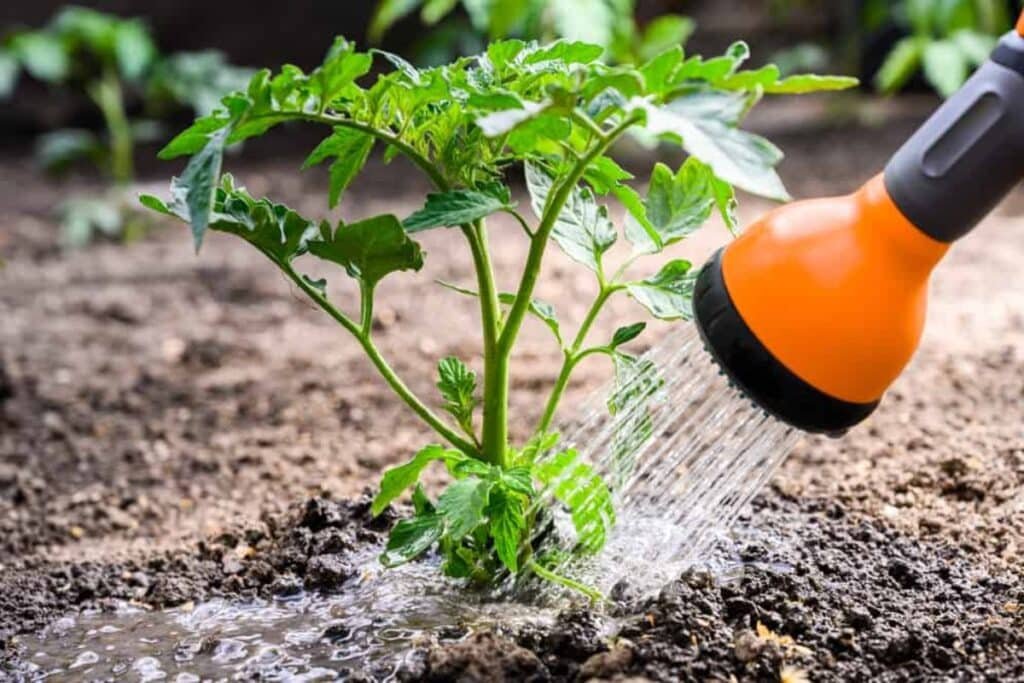
Is there anything more satisfying than the thought of fresh, ripe tomatoes straight from the garden? Home gardeners and plant enthusiasts alike revel in the rewarding process of growing their own tasty tomatoes. But the key to a successful harvest is not just sunlight and soil — it’s water! how often to water tomatoes in hot weather or should i water tomatoes every day? In this comprehensive guide, we’ll address one of the most crucial elements of tomato care: watering to answers these questions. Let’s explore how often to water tomatoes plants.
“This article contains affiliate links. I might get commissions from those links if you click through the link and finalize a purchase. Please read Disclosure section for more information.”
From understanding your plants’ hydration needs to the best practices for giving them that life-giving liquid, we’ll help you become a virtuoso of the watering can. Let’s explore the article together-
Understanding Should I Water Tomatoes Every Day
Tomatoes, being about 90% water at maturity, have considerable water requirements. The exact amount needed can vary widely depending on factors such as the stage of growth, weather, and the overall health of the plant. But as a rule of (green) thumb, they’ll need about 1-2 inches of water per week.
Tomato Garden Bed
We can use different types of tomato bed for our garden. That help us to water tomato plants properly. This climbing frame suitable to plant tomato indoor and outside. In that way, you will get more space for planting your tomatoes. This increased capacity accommodates a larger quantity of soil, that help us promoting better root growth of tomato plants. Different types of tomato plants are available. You can buy those best reviewed tomato plants from amazon.
Signs of Underwatering and Overwatering in Tomato Plants
Not all plants communicate their water needs as clearly as tomatoes do. However, overhearing isn’t a water diviner’s only concern. Overwatering can lead to root rot, which deprives the plant of the oxygen it needs. Here’s how to read your tomato plants:
Signs of Underwatering:
- Wilting leaves, starting at the bottom
- Drooping stems
- Leaf curling
- Flower drop
Signs of Overwatering:
- Yellowing leaves, often accompanied by rotting
- Stunted plant growth
- Moldy soil surface
- Fungus gnats around the soil area
Factors Influencing Watering Frequency
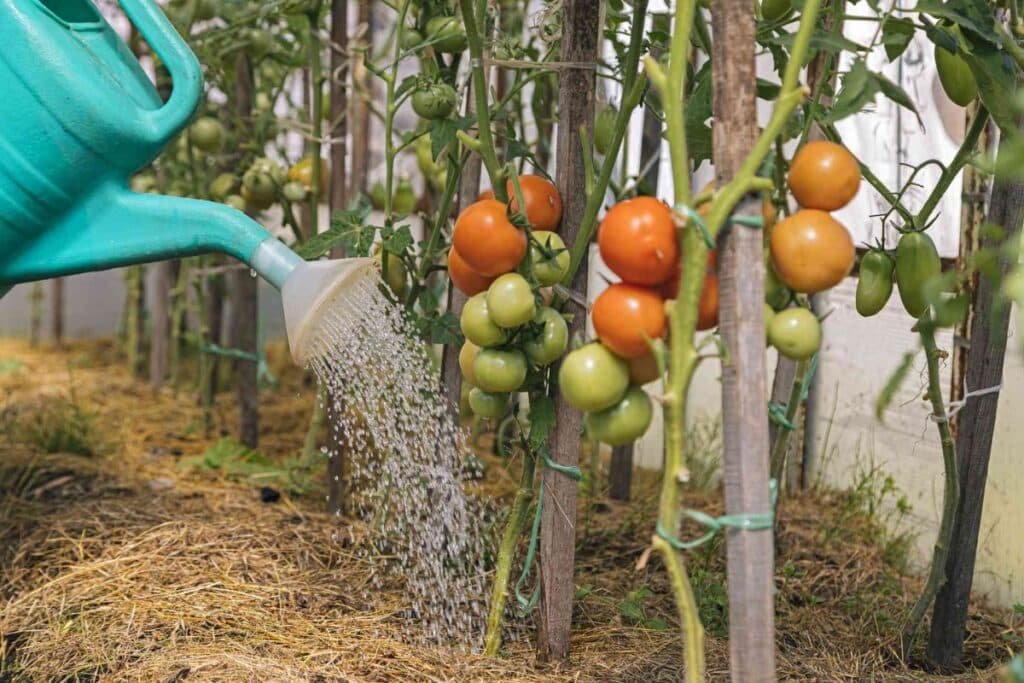
let’s talk about: Should i water tomatoes every day. Watering isn’t one-size-fits-all, and tomatoes are not an exception. There are numerous variables that can adjust the frequency.
Temperature:
High heat increases evaporation and the plant’s water needs, so expect to water more often in the summer.
Soil Type:
Sandy soil drains faster and may require more frequent watering than clay, which holds onto moisture longer. You can read out article – 10 Tips for Growing Tomatoes in Your Backyard. Here, you will learn how to prepare land and watering techniques to your tomato plants.
Pot Size:
A smaller pot dries out faster than a larger one, so container tomatoes may need more water. I use Garden Bed with Tomato Planter Box. This box is very cheap and easy to water. you can easily move to your tomato plants for the best sunlight or to provide shade.
- Strong Support: Innovative planting tool – raised garden beds with trellis! Our tomato planter is thoughtfully paired wi…
- Durability: Crafted to withstand diverse weather conditions, our raised garden bed planters are UV-resistant, fade-resis…
- Self-Watering System: Our garden box watering system means less hassle for you. The planter box hydrates plants from bel…
Stage of Growth:
If you wonder should i water tomatoes every day. Seedlings and fruiting plants have different water requirements. Young plants need to be kept damp to establish roots, while fruiting plants need more water to support their fruit.
Best Practices for How Often to Water Tomatoes Plants
Watering is more than dousing the soil; it’s a strategic operation to keep your tomato plants healthy. Here are some best practices:
Water at the Roots:
Use a watering can or drip irrigation to target the roots directly and avoid wetting the leaves, which can lead to diseases like blight.
Time Right:
The best time to water is early morning, allowing the plants to dry off during the day and minimizing the risk of fungal infections.
Mulch for Moisture:
Mulching your tomato plants can reduce evaporation from the soil, keeping the moisture levels consistent and the roots cooler in hot weather.
Consistency is Key:
How often to water tomatoes in hot weather? Try to maintain a regular watering schedule to prevent stress on the plants, especially during key growth periods.
How Often to Water Tomatoes in Hot Weather
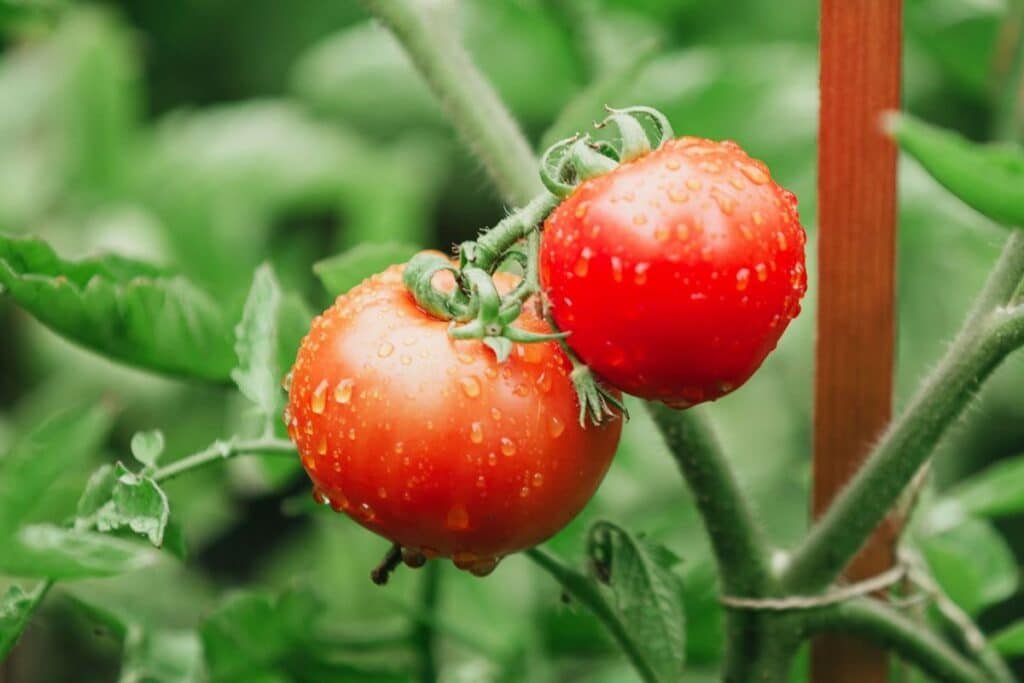
This part will focus on the question how often to water tomatoes in hot weather. A tomato plant’s water needs are not static. They change as the plant grows and environmental conditions shift. Here’s how you should adapt:
Growth Stages:
During the first few weeks, young plants need to be kept consistently moist, but as they mature, you can gradually reduce the frequency to encourage deeper root growth and stronger plants.
Weather Conditions:
Hot, dry weather demands more frequent watering, while cool, overcast days might mean you can skip a watering. That’s the direct answer for how often to water tomatoes in hot weather?
Checking Soil Moisture:
Get your hands dirty by regularly poking your finger into the soil to check for moisture. If it feels dry at the depth of your second knuckle, it’s time to water. I use Soil Moisture Meter Digital PH Meter for testing soil moisture. This device can accurately measure temperature, ph, moisture and light. Some of my friends using Long Probe Soil Moisture Meter for Plants, Plant Moisture Meter for House Plants. This one is cheaper and easy to use. 11.96-inch sensor is used for measuring root level soil moisture.
- MUST-HAVE FOR LARGE HOUSEPLANTS: The 11.96 inch long probe sensor is specifically designed to measure water at the root …
- SIMPLIFY YOUR LIFE: If you have multiple types of houseplants, you no longer need to remember when you watered each one….
- EASY TO READ, NO BATTERY NEEDED: The plant hygrometer has a large dial for clear readings. Just insert it into the soil …
FAQs on How Often to Water Tomatoes Plants
Should I Water Tomatoes Every Day?
Yes, you can. Overwatering can lead to root rot, which is why it’s essential to check the soil moisture before watering and provide good drainage.
What’s the Best Kind of Soil for Tomato Plants?
A well-draining soil mix with good organic matter and a slightly acidic pH (around 6.0-6.8) is ideal for tomato plants.
Is It Better to Water Tomatoes in the Morning or Evening?
Morning watering is better, as it allows the plants to dry off during the day, reducing the risk of diseases.
Conclusion
Water is the lifeblood of your tomato plants. By understanding their needs and providing water thoughtfully and consistently, you’ll help them thrive and reward you with a bountiful harvest. Remember to stay attuned to your plant’s changing water needs throughout the season and adjust accordingly.
Now you are the expert to know about how often to water tomatoes plants, should i water tomatoes every day, how often to water tomatoes in hot weather,…. Happy watering, and may your tomatoes be the envy of the neighborhood!







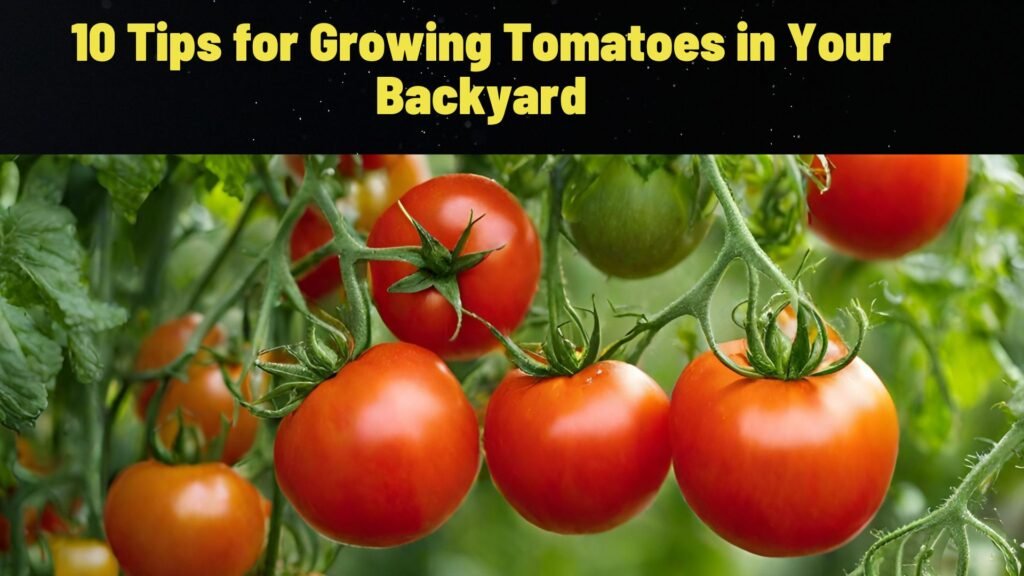
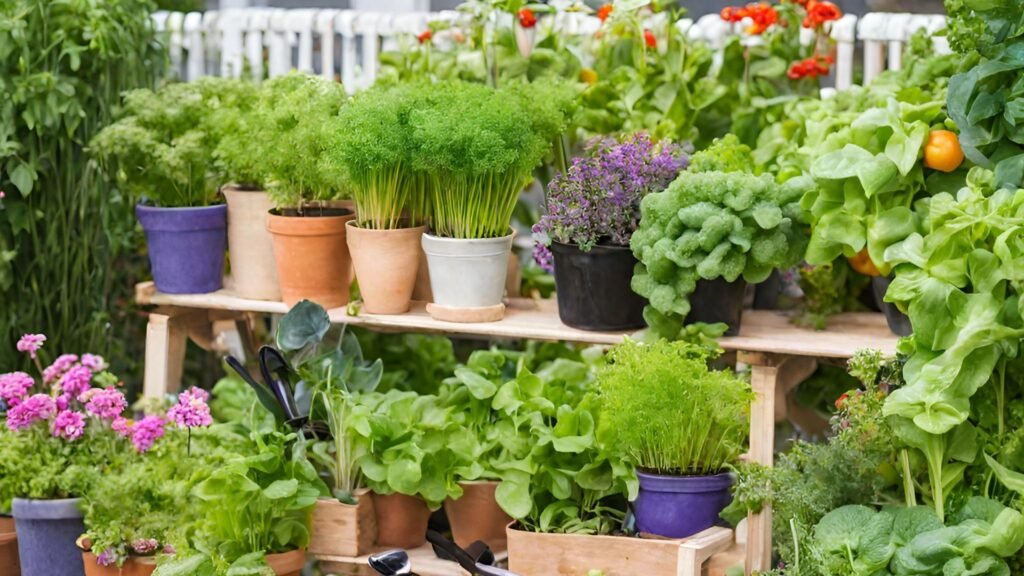
Pingback: 10 Tips for Growing Tomatoes in Your Backyard -